Sequoia and Kings Canyon National Parks are located adjacent to each other in the southern Sierra Nevada Mountains in California. They are managed together as one park. Established in 1890, Sequoia is our second oldest national park (after Yellowstone). These parks feature sequoia trees -the largest living things on earth, tall mountain peaks, deep canyons, caves, and some of the curviest roads anywhere. We spent two weeks in September staying in Three Rivers, a small town about 10 miles from the park entrance.
Sequoia trees are closely related to redwood trees. Sequoias are shorter, but significantly larger in girth than redwoods. They only grow on the west slope of the Sierra Nevada, between 5000 and 7000 feet in elevation. They grow to be thousands of years old and usually only die from toppling over in high winds or heavy rains. In order to reproduce and grow baby trees they need fire. Fire allows the seeds to be released from the cones, provides ash rich in necessary nutrients, and kills off the shorter trees that compete with the young sequoias. There are only 75 sequoia groves on earth.
Sequoia National Park’s signature Sequoia grove is aptly named the Giant Forest. Located in the heart of the park, the Giant Forest is home to half of the Earth’s largest and longest-living trees. It also contains five of the ten largest trees in the world. Named in 1875 by John Muir, the forest has more than 8,000 colossal sequoia trees.
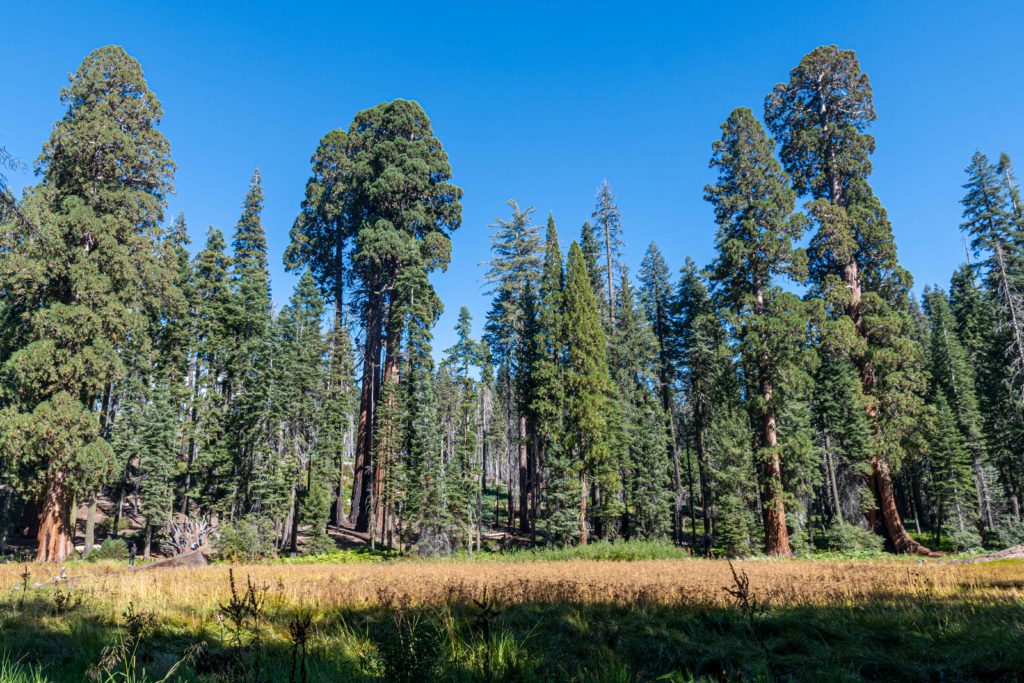
The General Sherman Tree is the world’s largest living thing. It germinated about 200 years before Jesus walked the earth, is 275 feet tall, and has a circumference of 102 feet. It weighs an estimated 2,770,000 pounds. Its largest branch is 7 feet in diameter, larger than most trees. Each year it adds as much wood as a fully mature tree that is 60 feet tall. It is truly impressive.
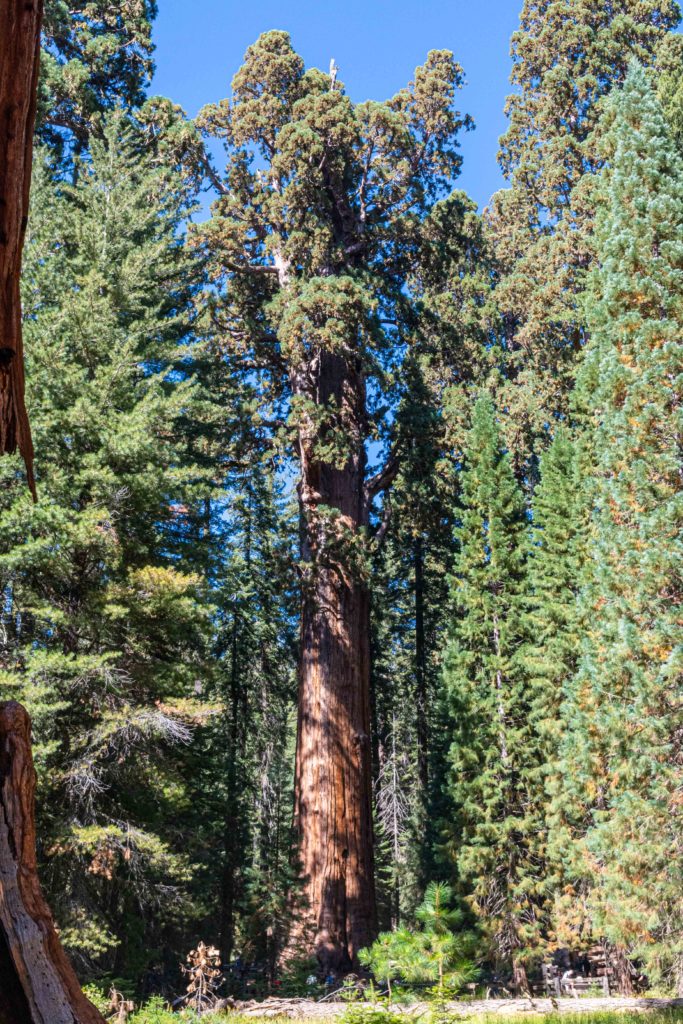
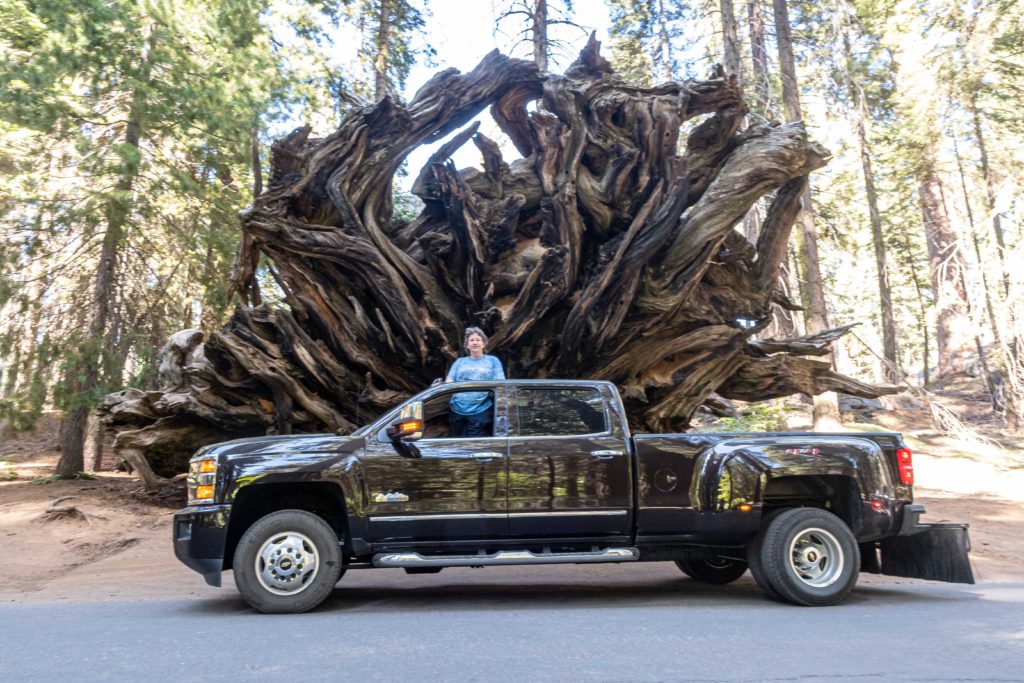
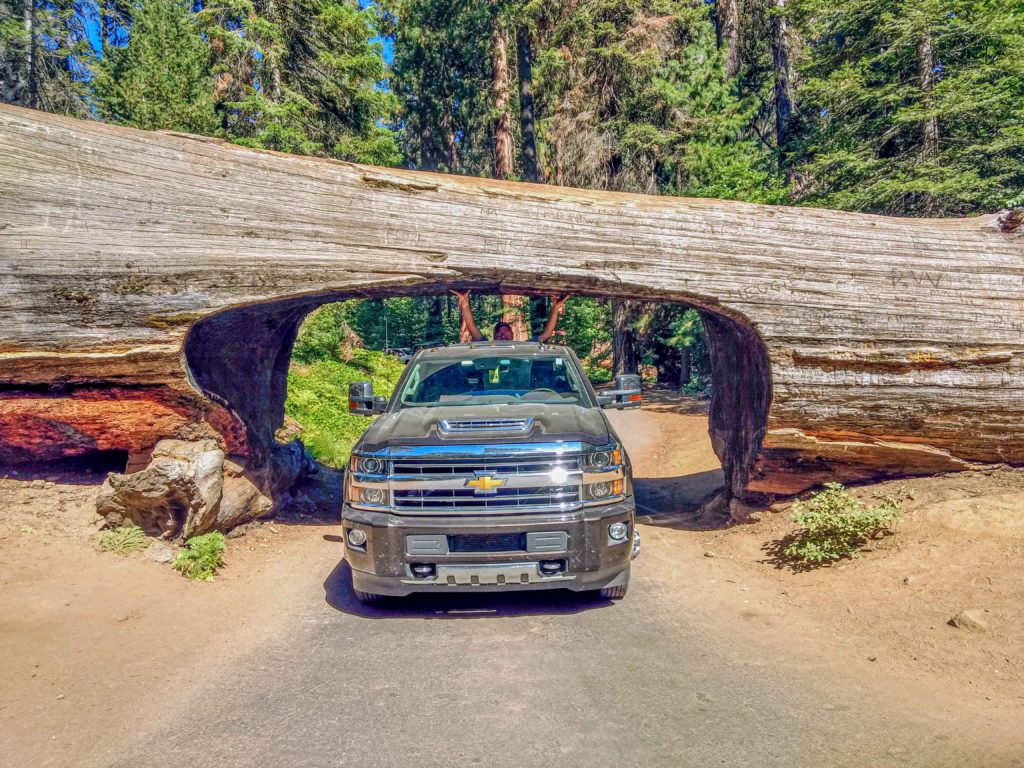
So far more than 200 caves have been found in Sequoia and Kings Canyon, with about one new cave discovered each year. Most caves are in the western third of the parks in the bands of marble running from north to south. We toured Crystal Cave and agree it is the most beautiful cave we have toured. The combination of minerals and marble result in some amazing sights. There is a half mile walk to the cave, then the guided tour lasts about one hour. The walk to the cave is all downhill, so the walk back to the parking lot is all uphill and pretty steep.

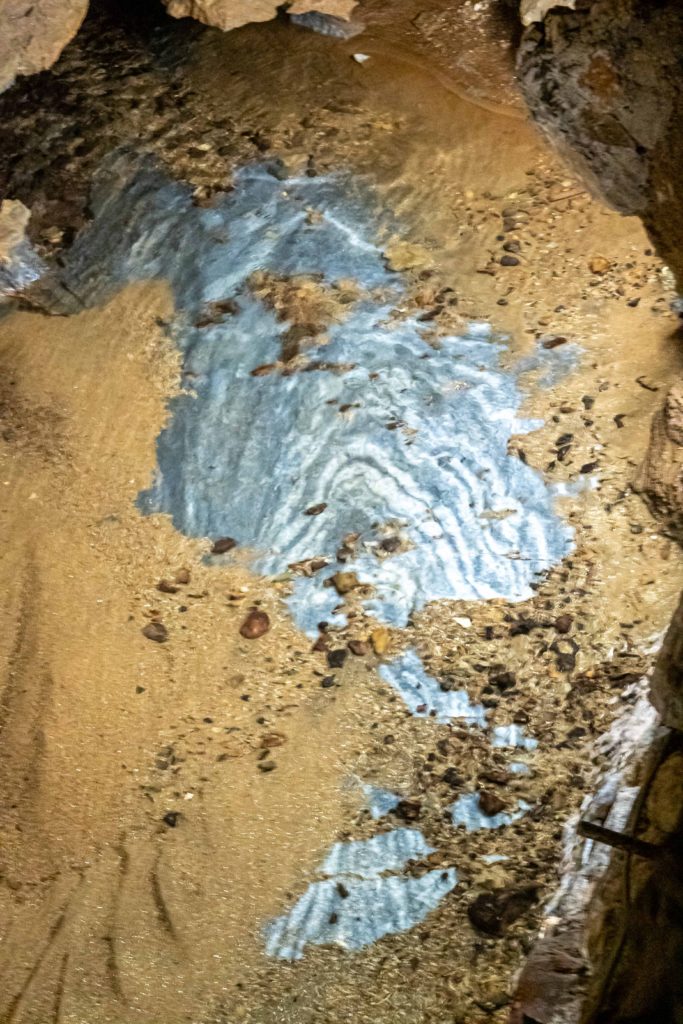
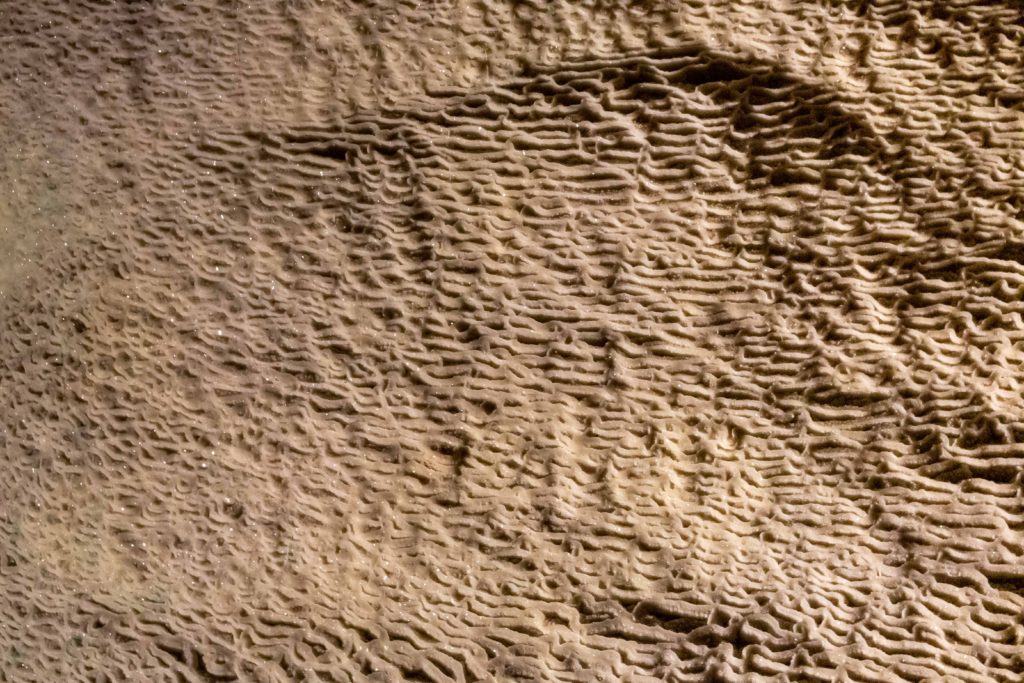
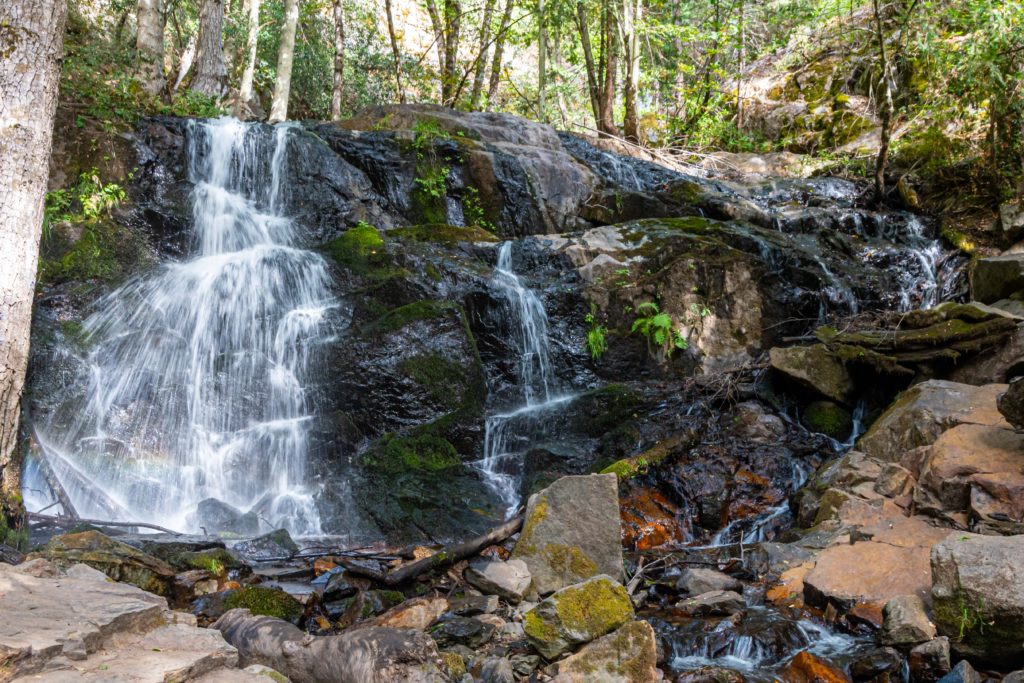
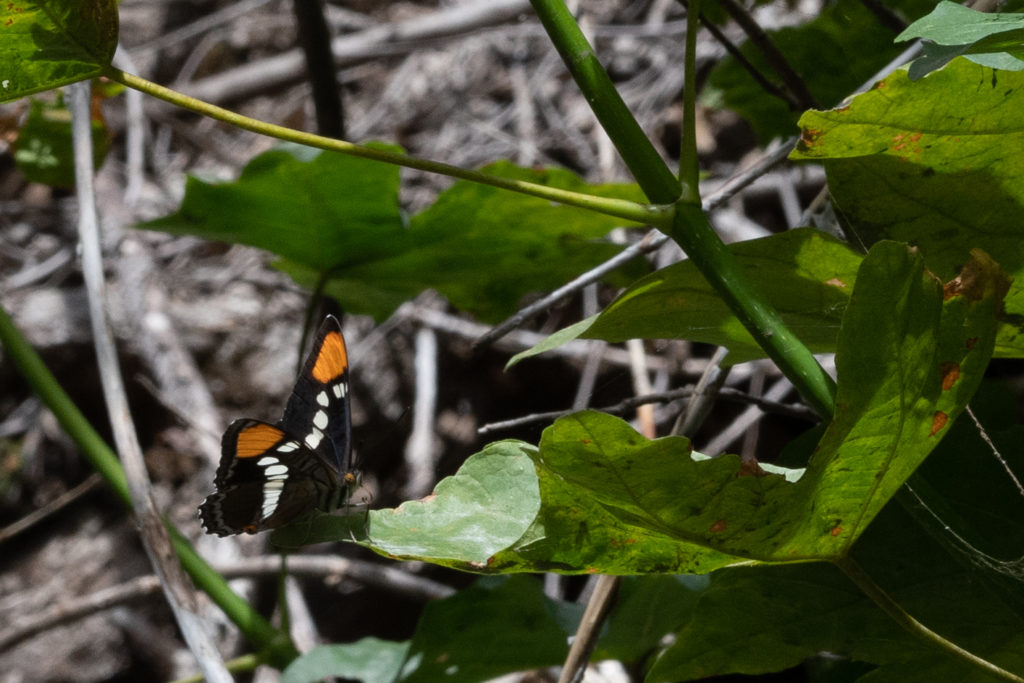
As you enter Sequoia National Park, Moro Rock looms overhead, thousands of feet above the road. This large granite dome is a spectacular geologic feature that can be enjoyed from above or below. From the time you first see Moro Rock it is about a 45 minute drive where you will ascend around 5000 ft and drive one of the curviest roads on earth! Enjoy, the passengers will be treated to some awesome views and there are ample pullouts to stop and take in the view.
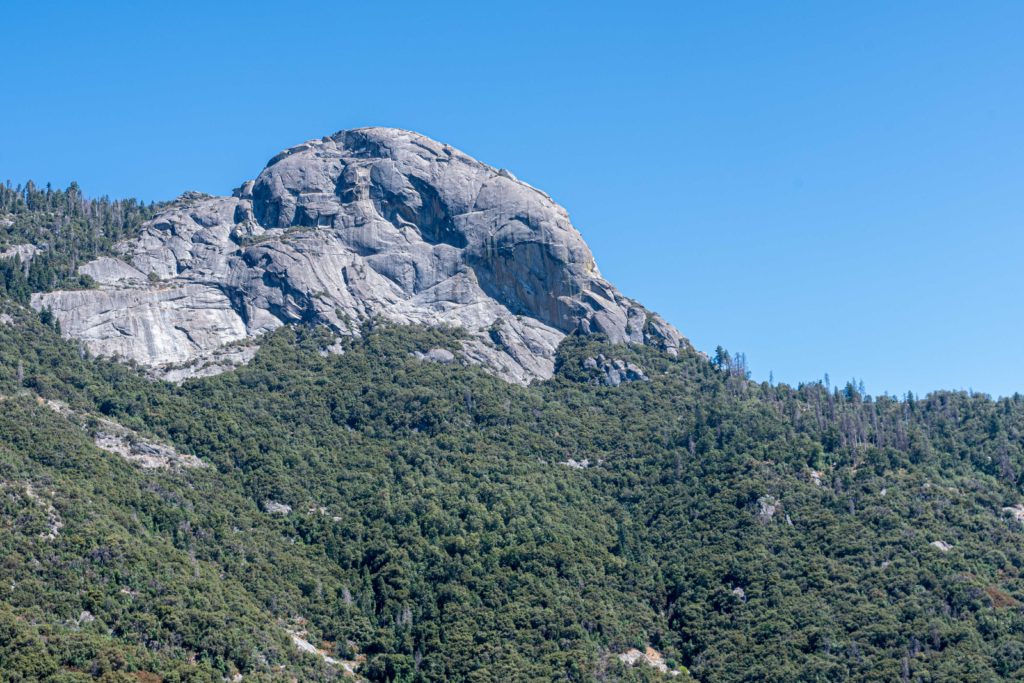
A narrow concrete and stone stairway leads to the top of Moro Rock. Along the way you will encounter lots of stairs, 1000+ foot drops offs, narrow passages, and breathtaking views. As you climb above the forests’s canopy, the Great Western Divide’s peaks become visible and views open up from the foothills and San Joaquin Valley to the west, to deep into wilderness to the east.
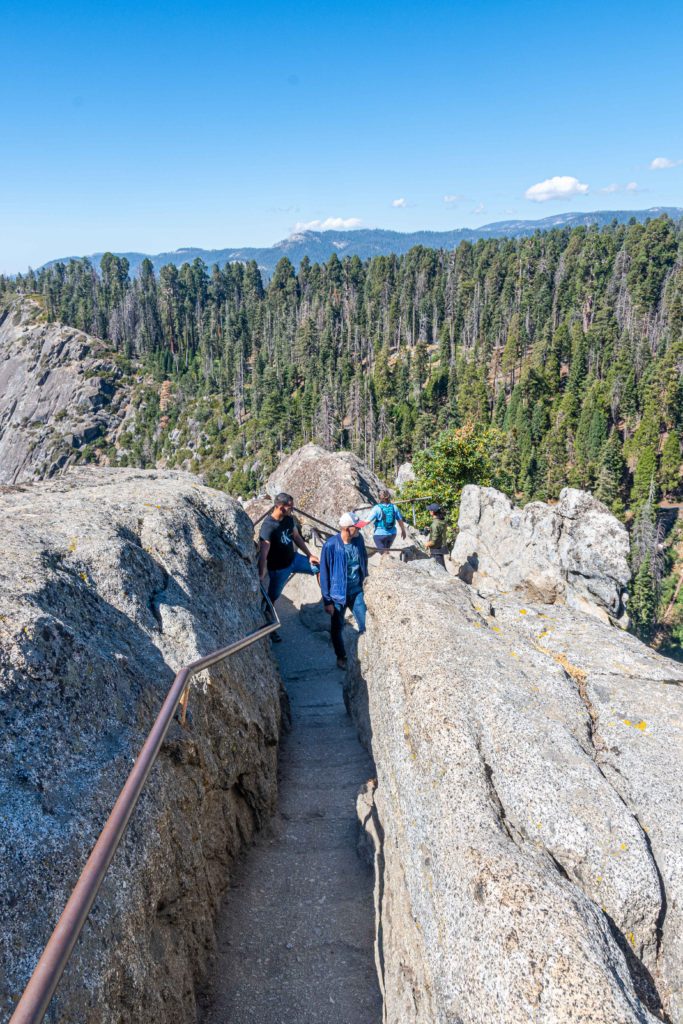
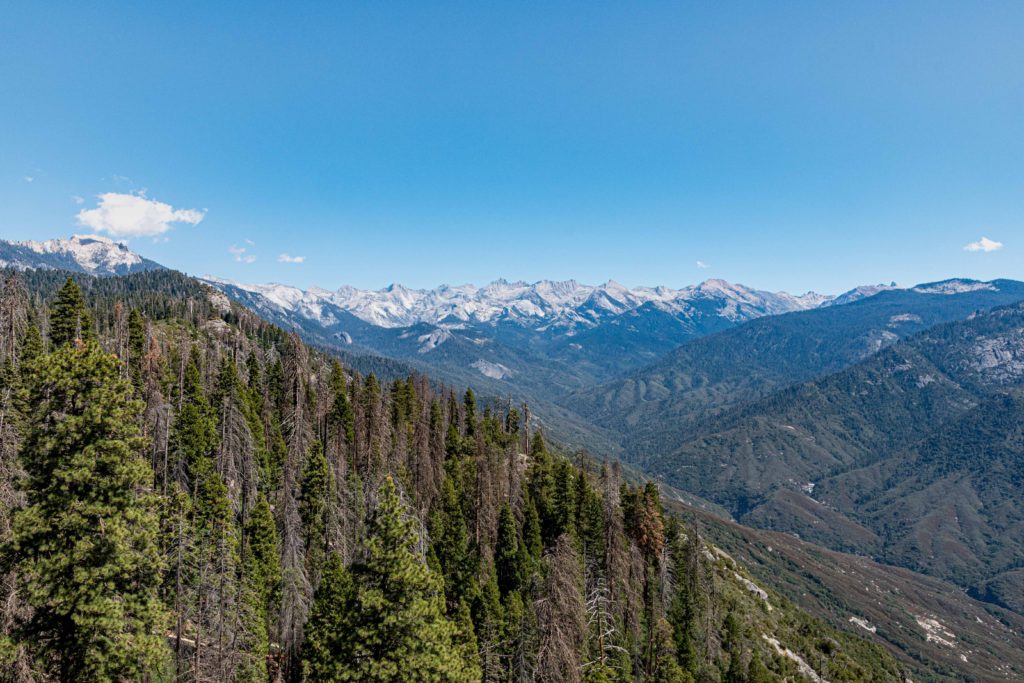
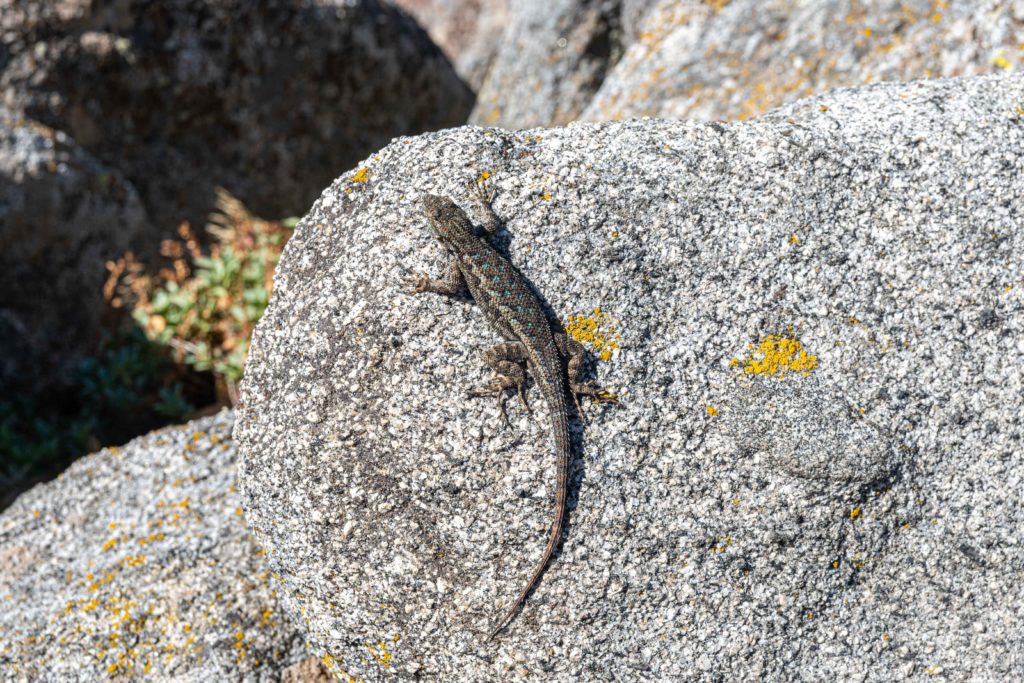
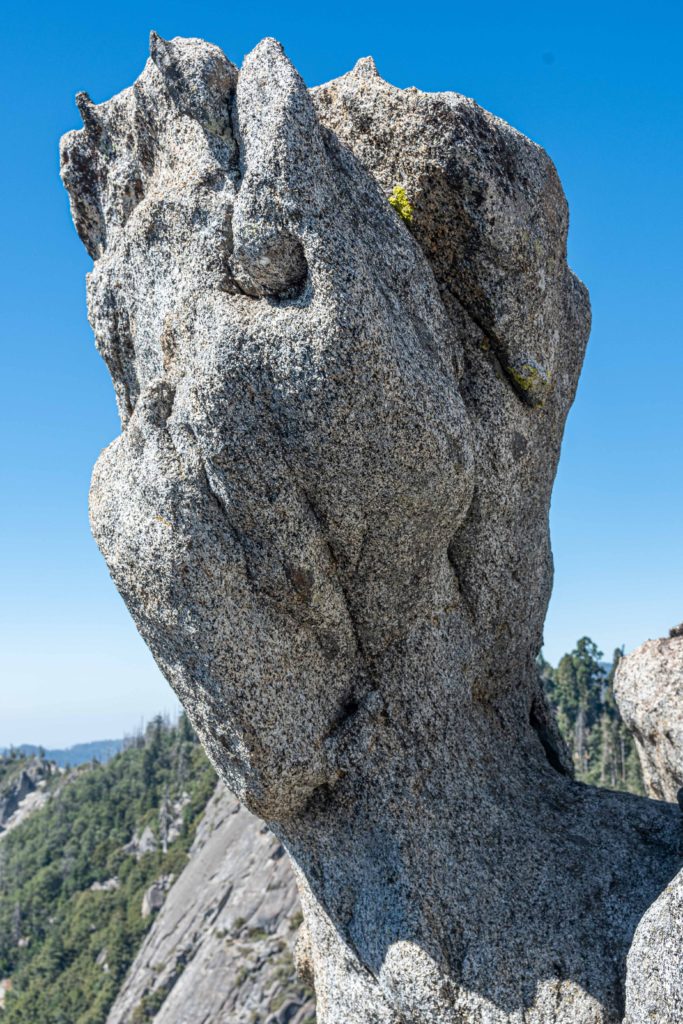

Just down the road from our camp site was the central valley of California that provides more than half of our nation’s fruits, nuts, and vegetables. We saw almonds, olives, oranges, lemons, limes, apples, and many more we couldn’t identify. Miles and miles of different kinds of fruit and nut trees.
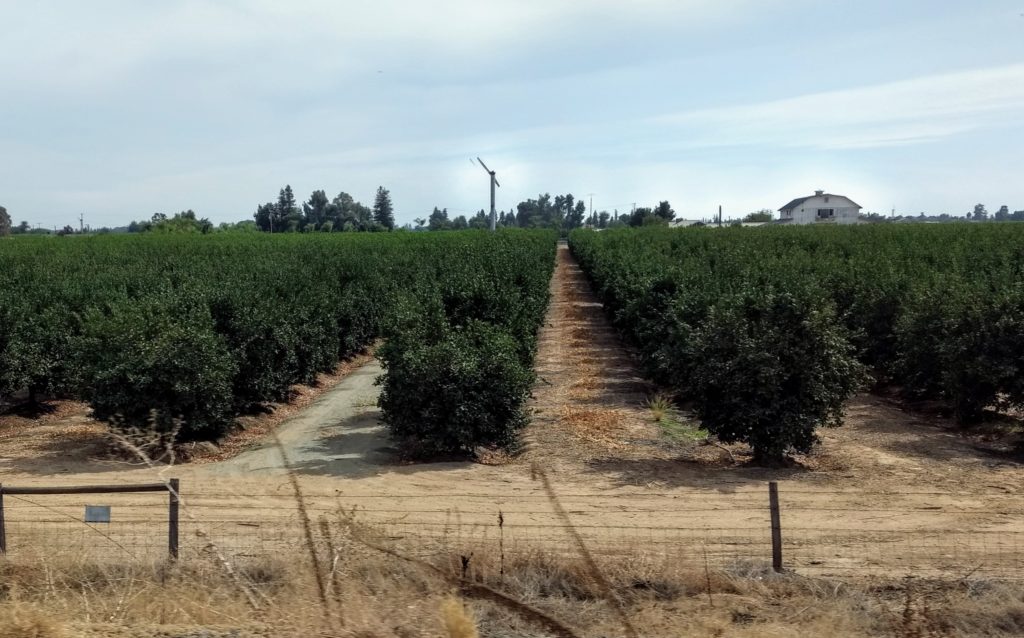
Kings Canyon National Park is adjacent to Sequoia National Park in California’s Sierra Nevada mountains. It’s known for its huge sequoia trees, the spectacular Kings Canyon, and the eastern Sierra Nevada. Between the sequoias and the eastern Sierra Nevada are rushing rivers and towering granite canyon walls formed by both erosion and glaciation. Kings Canyon was a two hour drive from our campsite so we spent one day exploring the canyon and did not visit the sequoia trees since we had seen them in Sequoia National Park.
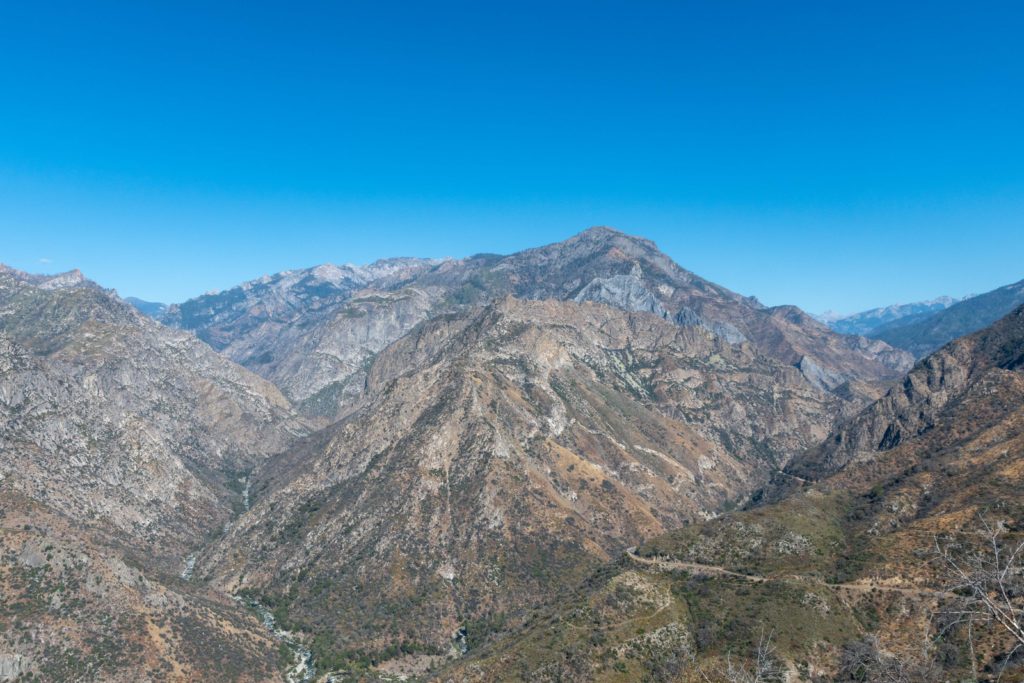
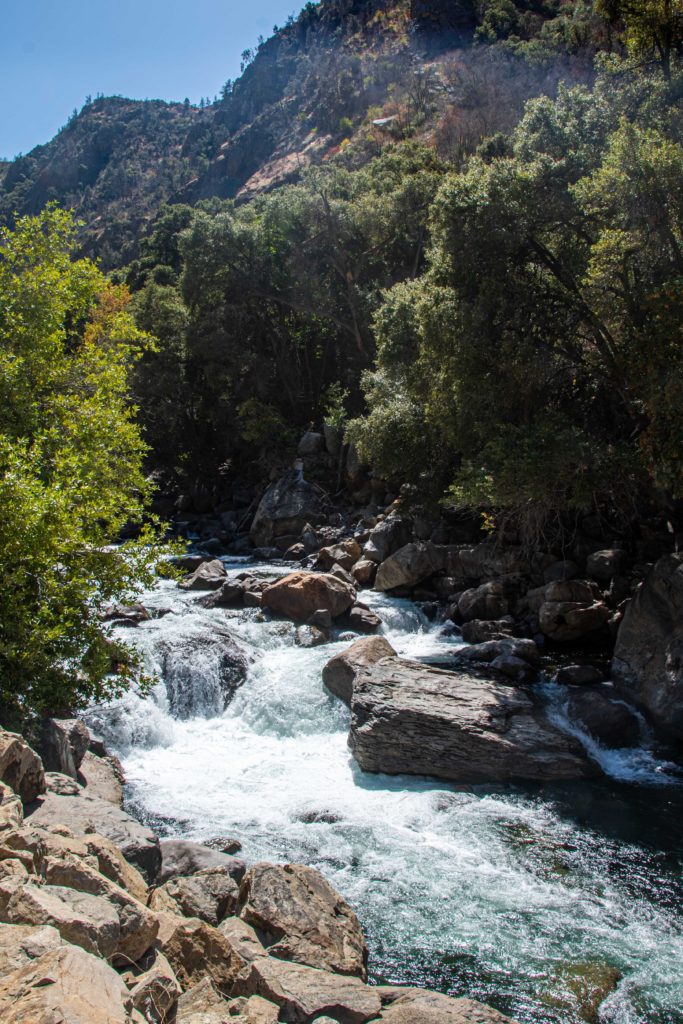
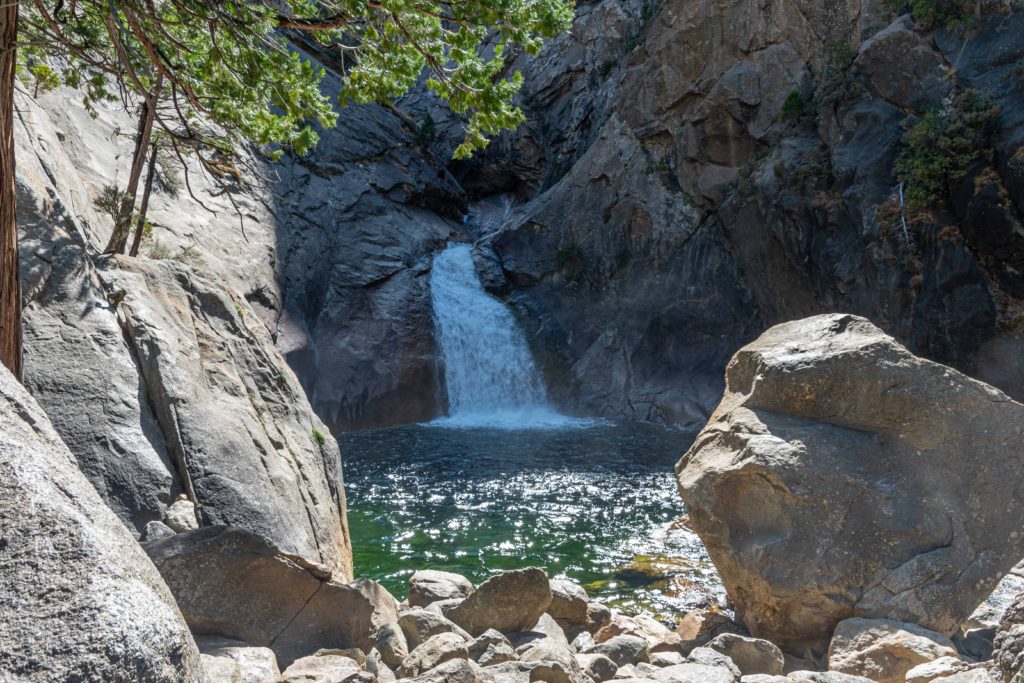
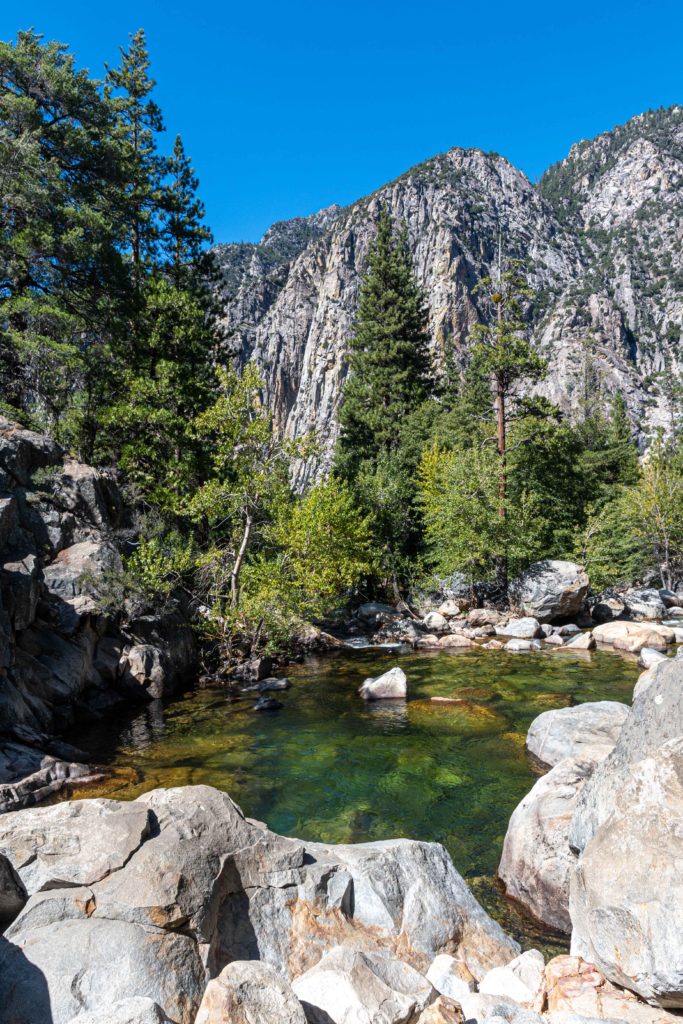
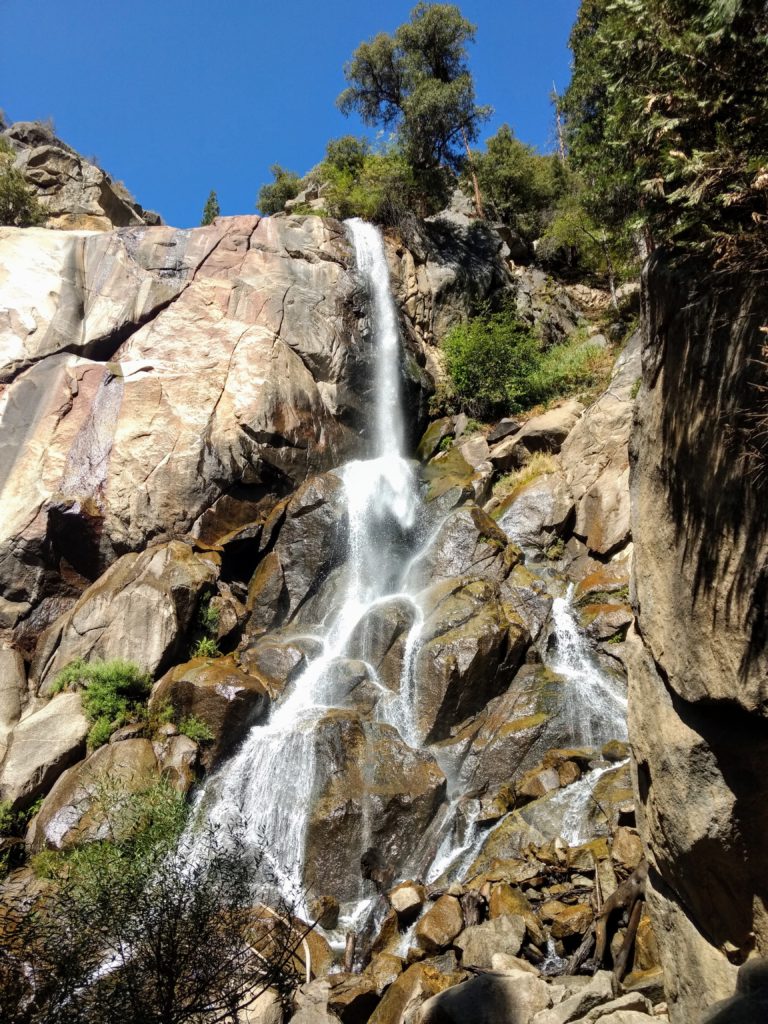
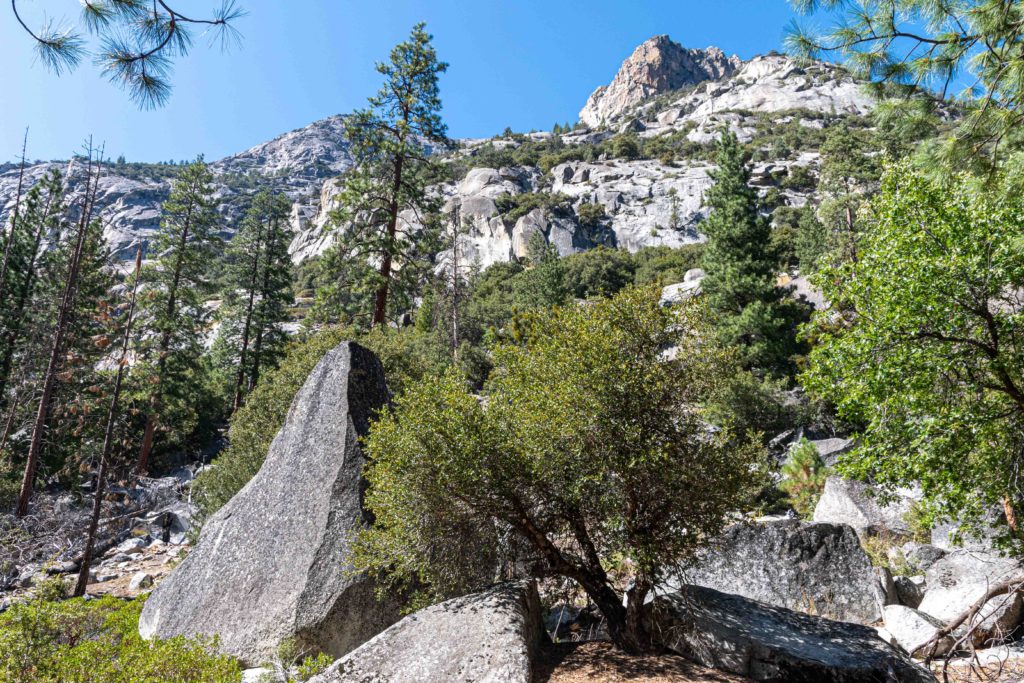
Sequoia and Kings Canyon are beautiful parks with the chance to see the largest trees on earth. It takes lots of driving to see them if you don’t stay in the park. We spent an hour each way to get to the Giant Forest area of Sequoia and two hours to get into Kings Canyon. There are also vehicle length limits of 22 feet. Curvy roads are fun to drive, but would be a lot more fun with something sportier than our 22 foot long dually. If we get back this way we hope to do more hiking and see more of the parks. We were both limited due to knee injuries and unable to really enjoy the things we usually do. Hopefully next time we can either see or hike some part of Mount Whitney, the highest peak in the contiguous 48 states at 14,505 feet, located in Sequoia.